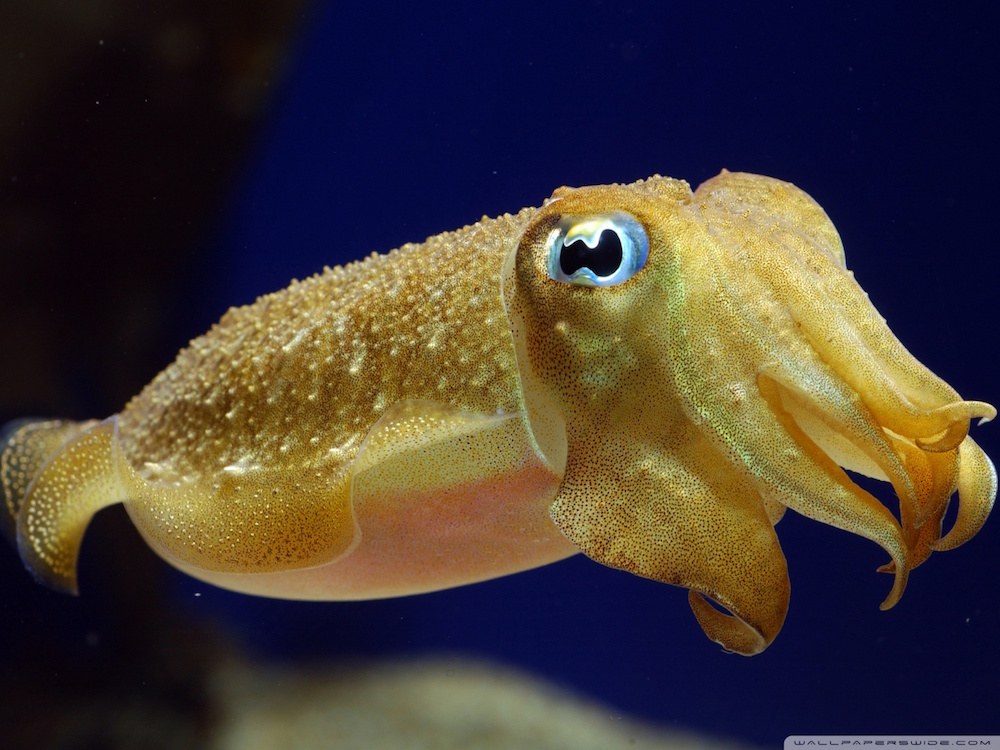Cuttlefish
Learn about the amazing cuttlefish and the role they play in the ocean, and make a cuttlefish craft!
Learning Goal
Learn about the amazing cuttlefish and the important role they have in marine ecosystems.
Introduction to Cuttlefish
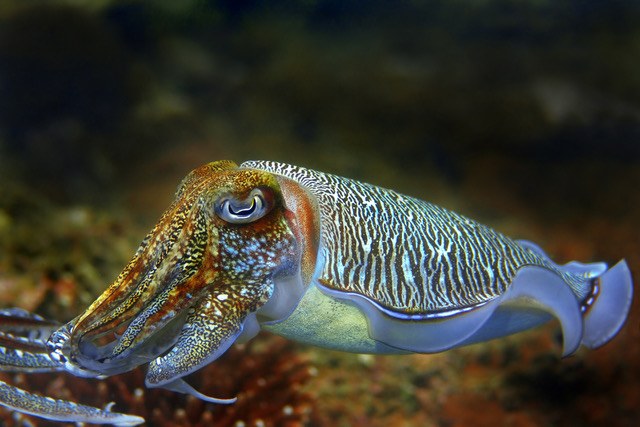
Cuttlefish are not fish. They lack a backbone, which makes them invertebrates (more info about cuttlefish here). Cuttlefish are in the same family as squid, octopuses and nautiluses: cephalopoda. There are around 100 different species of cuttlefish recognized by scientists. Most cuttlefish species have a short life span of about two years.
Cuttlefish are frequently referred to as “the chameleon of the sea,” as they can change their skin color and texture quickly to match their surroundings. This adaptation enables a cuttlefish to snare shrimp, fishes and crabs before pulling them into a parrot-like beak with two suckered tentacles.
In addition to its ability to change colors and skin textures rapidly, cuttlefish produce clouds of ink when threatened. Artists and writers used this ink, called sepia, long ago.
Another amazing adaptation of cuttlefish is their cuttlebone, an organ used to control buoyancy, or ability to float. Many people give cuttlebones to their pet birds and reptiles to supplement calcium. The cuttlebone is similar to corrugated cardboard: the structure is hollow with tiny dividers that contain gas and liquid. The cuttlefish controls the density of the gas and liquid in the cuttlebone, thus moving themselves up or down in the water column.
The ABQ BioPark Aquarium is home to the dwarf cuttlefish, sepia bandensis. See if you can find it on your next visit (all cuttlefish are camouflage experts)!
Our Actions Matter
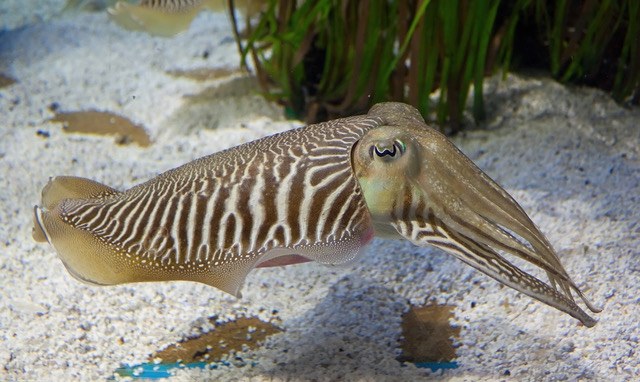
Aquariums around the country and world are working to understand the amazing cuttlefish in order to better protect its habitats. The giant Australian cuttlefish and other species are at risk of becoming threatened according to the International Union for Conservation of Nature (IUCN) Red List (read more here), while other species have not been evaluated. It is up to everyone to be thoughtful stewards of the earth and protect our diverse natural world.
Everyone has the ability to help out with cuttlefish conservation by taking a few simple steps:
- Learn about cuttlefish habitats and the roles they play within their ecosystem.
- Teach others about the fantastic cuttlefish.
- Reduce water waste at home by following watering guidelines for your landscaping, turn the faucet off while you brush your teeth, challenge yourself to limit showers to 10 minutes or less.
- Dispose of trash properly and recycle what you can.
- Switch to a reusable water bottle. Customize it with stickers so it’s unique to you.
Activities
1. Cuttlefish origami
Click here for a step-by-step tutorial on YouTube.
2. Make your own cephalopod
Supplies needed:
-
Paint
-
Yarn
-
Toilet paper roll
-
Googly eyes
-
Card stock
-
Glue
-
Scissors
-
Hole punch
-
Paint brush
Steps
1. Paint the toilet paper roll. Any color will work!
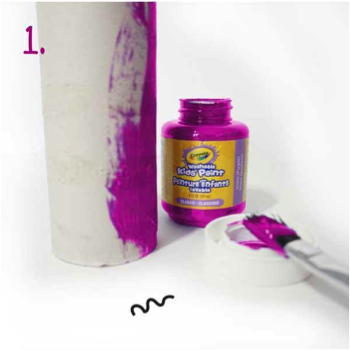
2. Once dry, punch 10 holes around the bottom.
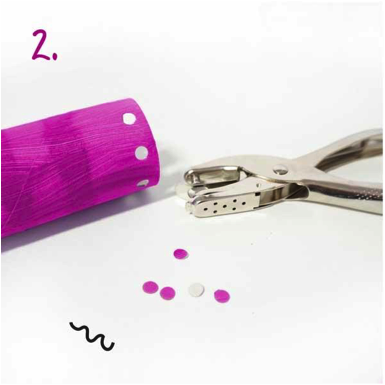
3. Cut a rounded triangle from your cardstock to create your cephalopod’s head. Then, cut two vertical slits directly across from each other on your toilet paper roll, and slide your triangle in.
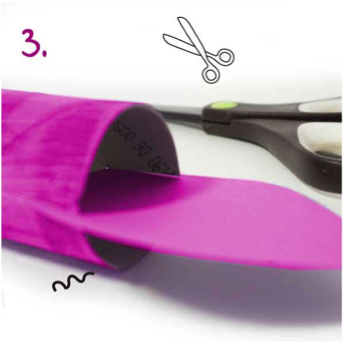
4. Glue two googly eyes to the bottom of your roll.
5. Fold your yarn in half, push the looped end through your hole, and thread the loose ends through the loop.
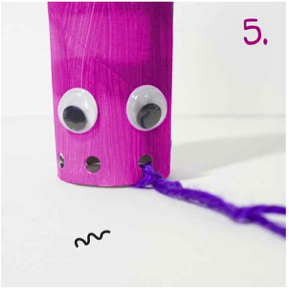
6. Your pet cephalopod is now finished!
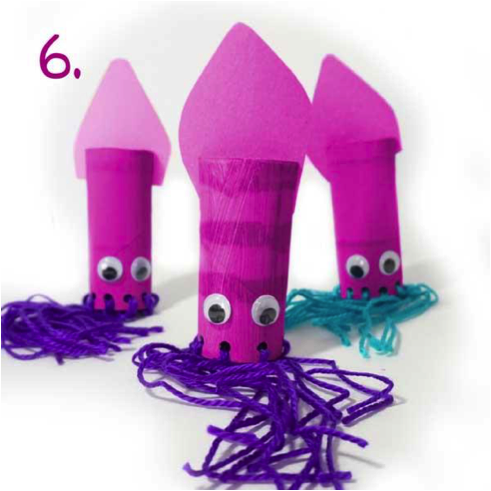
Craft Inspiration from Mom’s Kitchen and Things
Additional Resources
- Flamboyant Cuttlefish video link at the Aquarium of the Pacific
- General cuttlefish informational video here
- Amazing video from the American Museum of Natural History
